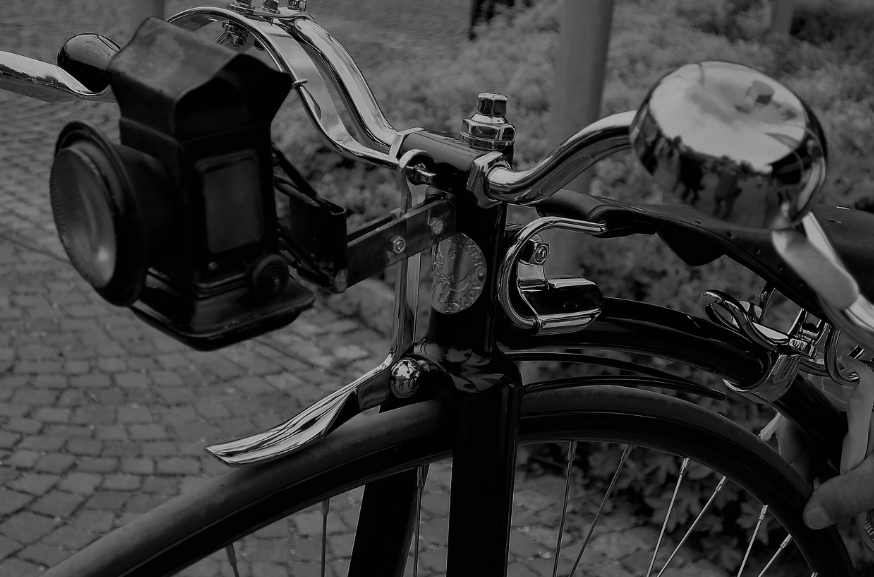Picture yourself cycling through a bustling park or a serene neighborhood. Suddenly, you approach a group of pedestrians or a fellow cyclist. Here arises the cyclist’s dilemma: to ring the bell or not? This seemingly simple decision is a nuanced one, with both benefits and drawbacks worth considering.
Arguments in Favor of Ringing the Bell
Navigating the shared paths and roads as a cyclist comes with the responsibility of ensuring safety for oneself and others. A key aspect of this responsibility is effective communication. Among the tools at a cyclist’s disposal, the simple bicycle bell stands out. Let’s delve into the compelling reasons why ringing this bell is more than just a courteous gesture—it’s a vital safety measure.
Enhances Safety
First and foremost, safety is paramount. Ringing the bell serves as an audible signal that a cyclist is approaching, helping to prevent potential collisions and accidents. It’s particularly crucial in blind spots or crowded areas where visibility is limited.
Promotes Courtesy
Ringing the bell is not just about safety; it’s also a polite gesture. It communicates a sense of consideration and respect for others’ space. In the cycling community, this small act can go a long way in fostering a culture of courtesy and mutual respect.
Improves Awareness
In today’s world, distractions are everywhere. Pedestrians might be engrossed in their phones or lost in conversation. The sound of the bell cuts through these distractions, alerting them to your presence. This is especially important when approaching from behind, where you’re out of their line of sight.
Arguments Against Ringing the Bell
While the bicycle bell is heralded for its safety benefits, there’s another side to this story. The act of ringing a bell, seemingly straightforward in its intention, can sometimes lead to unintended consequences. Here, we explore the reasons why some cyclists choose to refrain from ringing their bells, highlighting the complexities of this seemingly simple decision.
Unnecessary Noise
However, there’s the flip side. In tranquil areas, the sharp ring of a bell can disrupt the peace. During late-night rides, it might even be considered a nuisance, disturbing the quiet of a neighborhood.
Potential for Startling Others
There’s also the risk of startling pedestrians or other cyclists. An unexpected bell ring can cause a knee-jerk reaction, possibly leading to erratic movements or even accidents.
Overuse of the Bell
Another concern is the overuse of the bell. If used excessively, it loses its effectiveness. People may start to ignore it, or it might become an annoying background noise, reducing its impact as a safety tool.
Considerations for Ringing the Bell


Deciding whether to ring the bicycle bell is not always black and white; it involves a nuanced consideration of various factors. In this section, we’ll explore the key considerations cyclists should weigh before ringing their bell, ensuring that this decision is both thoughtful and appropriate to the situation at hand.
Context and Environment
It’s important to assess the situation. Consider factors like the traffic volume, ambient noise levels, and your proximity to others. In a crowded urban setting, the bell might be more necessary than on a quiet suburban street.
Timing and Approach
Timing is key. Ring the bell well in advance to give others ample time to react. A last-minute ring can be as startling as no ring at all.
Tone and Volume
The bell should be audible but not jarring. A moderate tone and volume strike the right balance, effectively alerting others without causing undue alarm.
Alternative Communication Methods
While the bicycle bell is a classic tool for signaling presence, cyclists have a repertoire of alternative communication methods at their disposal. These alternatives can be equally effective, if not more so, in certain situations. Let’s dive into these varied options, which enhance safety and courtesy without always relying on the traditional bell.
Verbal Cues
Sometimes, a simple verbal cue like “on your left” can be more effective and less intrusive than ringing a bell. This method is especially useful in close-quarters situations.
Hand Gestures
Visible hand gestures can also communicate your intentions. Whether it’s indicating a turn or signaling to overtake, these non-verbal cues can complement or even replace the bell in certain contexts.
Maintaining a Safe Distance
One of the best ways to avoid collisions is to maintain a safe distance from pedestrians and other cyclists. By giving others ample space, you reduce the need to rely solely on auditory signals.
Conclusion
Deciding whether to ring the bell is not just a matter of personal preference; it’s about striking the right balance between safety and courtesy. It requires situational awareness and responsible use of the bell. Cyclists are encouraged to develop their approach to communication, one that prioritizes safety while respecting the comfort and peace of those around them. In the end, whether you ring the bell or not, the goal remains the same: a safe and harmonious shared space for everyone.



